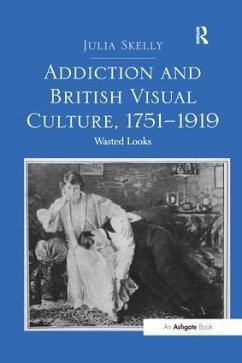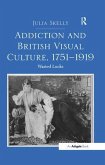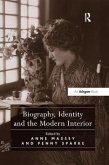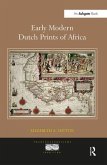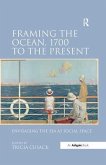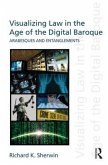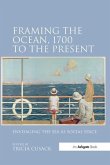Highly innovative and long overdue, this study analyzes the visual culture of addiction produced in Britain during the long nineteenth century. The book examines well-known images such as William Hogarth's Gin Lane (1751), as well as lesser-known artworks including Alfred Priest's painting Cocaine (1919), in order to demonstrate how visual culture was both informed by, and contributed to, discourses of addiction in the period between 1751 and 1919. Through her analysis of more than 30 images, Julia Skelly deconstructs beliefs and stereotypes related to addicted individuals that remain entrenched in the popular imagination today. Drawing upon both feminist and queer methodologies, as well as upon extensive archival research, Addiction and British Visual Culture, 1751-1919 investigates and problematizes the long-held belief that addiction is legible from the body, thus positioning visual images as unreliable sources in attempts to identify alcoholics and drug addicts. Examining paintings, graphic satire, photographs, advertisements and architectural sites, Skelly explores such issues as ongoing anxieties about maternal drinking; the punishment and confinement of addicted individuals; the mobility of female alcoholics through the streets and spaces of nineteenth-century London; and soldiers' use of addictive substances such as cocaine and tobacco to cope with traumatic memories following the First World War.
Hinweis: Dieser Artikel kann nur an eine deutsche Lieferadresse ausgeliefert werden.
Hinweis: Dieser Artikel kann nur an eine deutsche Lieferadresse ausgeliefert werden.

